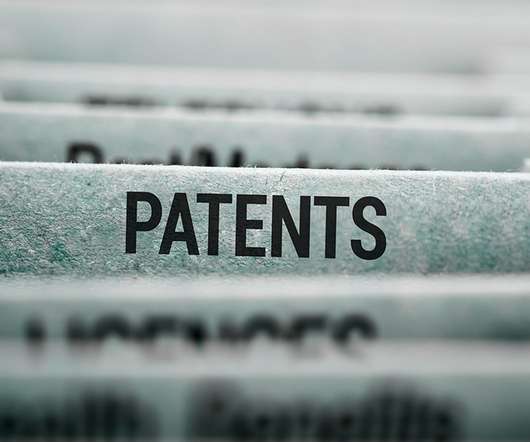Celanese v. ITC: Can a Secret Manufacturing Process Be Patented After Sale of the Resulting Product?
Patently-O
MARCH 4, 2024
Historically, an inventor could choose to protect a new manufacturing process either by patenting it or by keeping it as a trade secret – but not both. But, the problem is that the statute expressly asks whether the invention was “on sale.” Gore & Assocs., Garlock, Inc. , 2d 1540 (Fed. 2d 516 (2d Cir.










Let's personalize your content